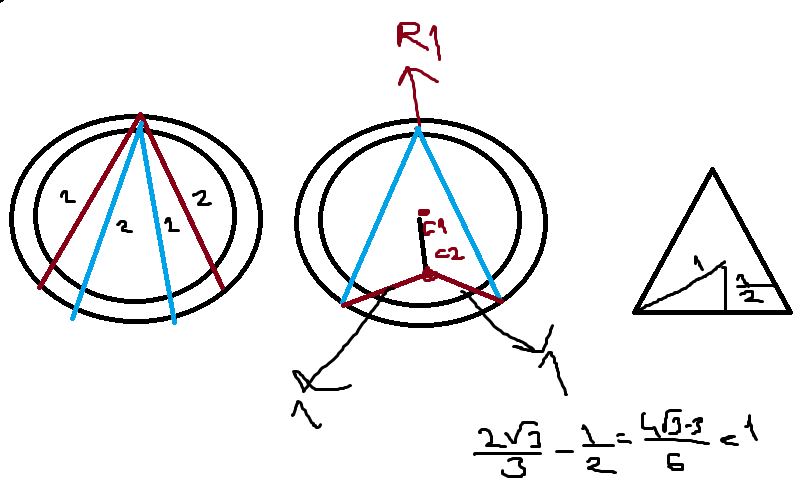The cop tries to catch the robber. They both move on the plane and they alternate turns. The robber moves in any direction to a new point at distance exactly 2. The cop moves in any direction any distance at most 1. To give the cop a chance to catch the robber both of them are confined to a disk of diameter d >= 2 (boundary included). There is complete information, so cop and robber see each other at all times.
In the beginning, the cop chooses a position inside the disk. Then the robber chooses a position (taking into account where the cop is). Then the cop makes his move. Then the robber. And so on.
For which values of d can the cop catch the robber in a finite number of turns and how? For which values of d can the robber evade the cop indefinitely and how?


